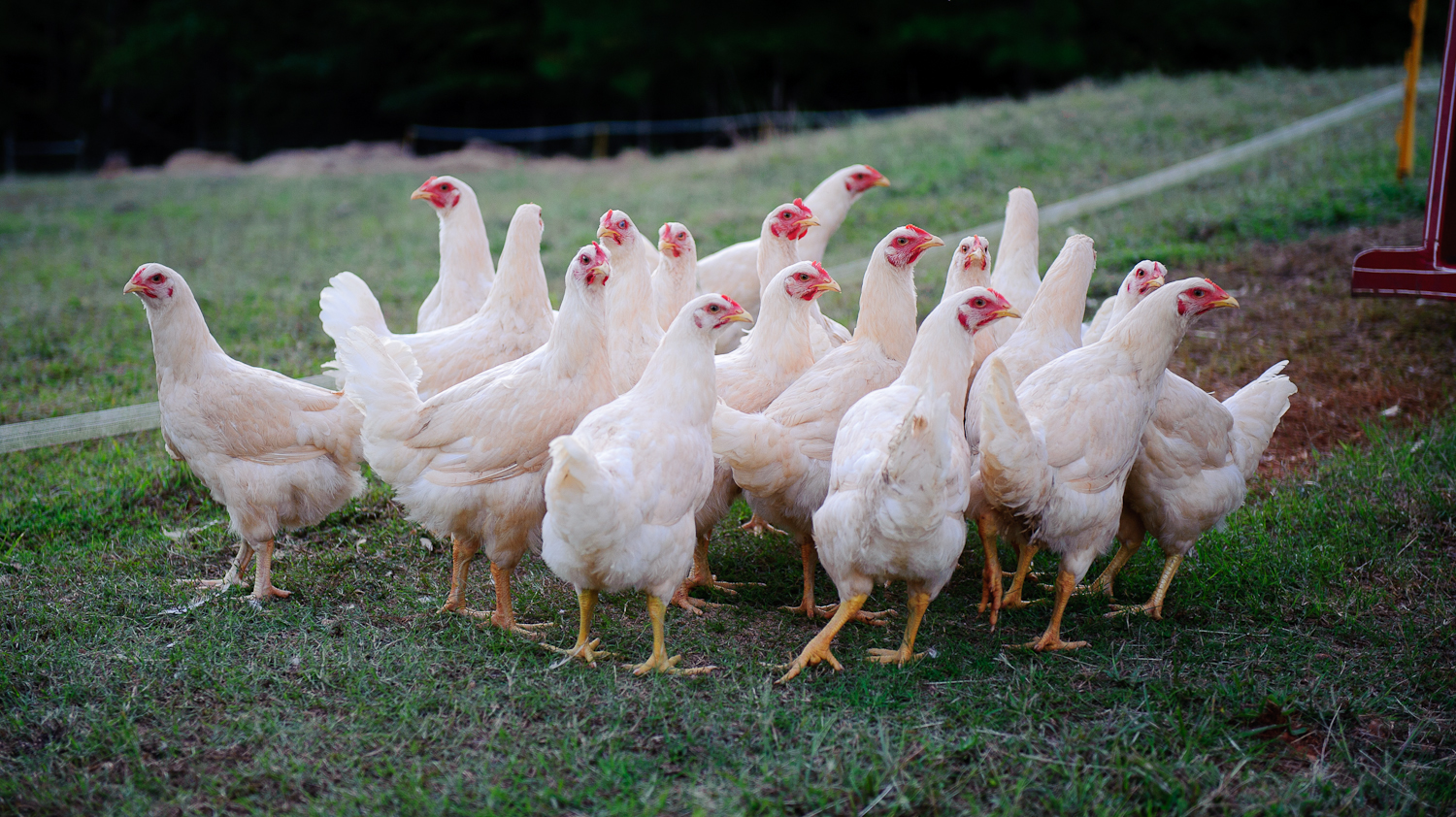Considering the appalling way we treat animals apart from a couple of cute ones we are very protective of, it’s worth pondering if non-human creatures should have legal recourse. Historically, animals have taken part in court systems, though as defendants, not plaintiffs. From Charles Siebert’s New York Times Magazine article, “Should a Chimp Be Able to Sue Its Owner?“:
“Animals are hardly strangers to our courts, only to the brand of justice meted out there. In the opening chapters of [Steven] Wise’s first book, Rattling the Cage: Toward Legal Rights for Animals, published in 2000, he cites the curious and now largely forgotten history, dating at least back to the Middle Ages, of humans putting animals on trial for their perceived offenses, everything from murderous pigs, to grain-filching rats and insects, to flocks of sparrows disrupting church services with their chirping. Such proceedings — often elaborate, drawn-out courtroom dramas in which the defendants were ostensibly accorded the same legal rights as humans, right down to being appointed the best available lawyers — were essentially allegorical rituals, a means of expunging evil and restoring some sense of order to a random and disorderly world.
Among the most common nonhuman defendants cited by the British historian E. P. Evans in his 1906 book, The Criminal Prosecution and Capital Punishment of Animals, were pigs. Allowed to freely roam the narrow, winding streets of medieval villages, pigs and sows sometimes maimed and killed infants and young children. The ‘guilty’ party would regularly be brought before a magistrate to be tried and sentenced and then publicly tortured and executed in the town square, often while being hung upside down, because, as Wise explains it in Rattling the Cage, ‘a beast . . . who killed a human reversed the ordained hierarchy. . . . Inversion set the world right again.’
The practice of enlisting animals as unwitting courtroom actors in order to reinforce our own sense of justice is not as outmoded as you might think. As recently as 1906, the year Evans’s book appeared, a father-son criminal team and the attack dog they trained to be their accomplice were prosecuted in Switzerland for robbery and murder. In a trial reported in L’Écho de Paris and The New York Herald, the two men were found guilty and received life in prison. The dog — without whom, the court determined, the crime couldn’t have been committed — was condemned to death.
It has been only in the last 30 years or so that a distinct field of animal law — that is laws and legal theory expressly for and about nonhuman animals — has emerged.”
Tags: Charles Siebert



